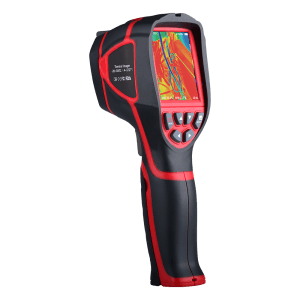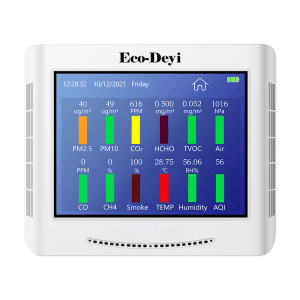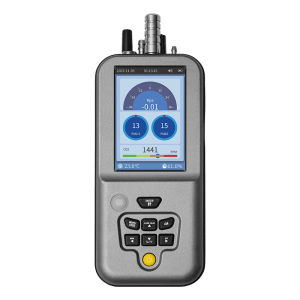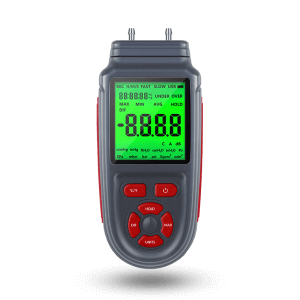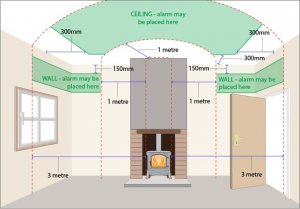Dusting is one of the most annoying household chores for most housewives. No wonder – because as soon as it was wiped away, a new layer of dust settled on the furniture. How often should we wipe the dust? Here we wipe away the biggest myths about dust once and for all!

Dust comes from space: True, but!
Actually! House dust contains tiny remains of meteorites. The Sahara is also making its way into our homes: air currents blow desert particles thousands of kilometers to Europe. However, 70 percent of the dust consists of skin flakes and fibers from clothing, blankets, etc.!
When the window is open, more dust gets into the apartment: That’s right!
Open windows are a welcome invitation for the floating dust motes! If you like to air your apartment a lot during the day, you have to reckon with a thick layer of dust on your furniture. The solution: Open all windows for ten minutes in the morning and evening. The ventilation brings sufficient new oxygen into the room, while the dust only has a few minutes to settle.
Dusting works best with a damp cloth: Wrong!
Whether dry or wet cloth you should use, opinions differ here. What most people don’t know is that wet clothes only smear dust! A dry, antistatic microfiber cloth, on the other hand, attracts the dust particles like a magnet, so they are not blown up, but enclosed by the cloth.
Curtains are the biggest dust collectors: Wrong!
The real dust catchers are electronic devices: TV, laptops or music system! Since these are electrically charged around the clock, they magically attract the dust flying around. The only thing that helps is an antistatic spray from the drugstore: this forms a protective film on the devices, so you could spare the use of a feather duster.
Dust is created by ourselves: Right!
Our movements cause the dust to fly around incessantly: for example, if two people walk across a carpet, they whirl up two milligrams of dust – that corresponds to the smoke of half a cigarette! What a lot of people don’t know: When vacuuming, the dust is not only removed but often whirled up through a dirty filter. So don’t just change the vacuum cleaner bag every six weeks, but also clean the filter at the same time!
6. Dust makes us sick: Wrong!
The small dust particles are not harmful to health, rather the mites living in them can be dangerous to us. Up to 10,000 of them live in a single gram of house dust. Their droppings in particular can trigger allergic reactions. Allergy sufferers should ensure that pillows, blankets, and carpets are made of synthetic materials such as polyester.
Related: how the fine particles could affect your lungs.
Always worry about your health because of the house dust? Try dust particle detectors for real-time air quality monitoring!
Dusting once a week is enough: Right!
Dusting once a week is enough! On average, up to six milligrams of dust collect on one square meter per day, but the layer of dust is only really visible after a week. Tip: Put a drop of fabric softener on a microfiber cloth and wipe the dusted furniture with it. Fabric softener has an antistatic effect so that new dust is almost repelled.
8. Plants in the apartment cause more dust: Wrong!
A thick layer of dust regularly settles on your plants? However, this does not mean that they cause dust: plants increase the humidity in their environment so that the dust is bound to small water molecules. It gets heavier and trickles straight down onto the leaves. Important: Dust your plants once a week – especially if they are near the window.
Related: 8 techniques to get rid of dust in your home
9. Dust is useless: Wrong!
Without the dust, the world would be quite unbalanced! The dust contains pollen, which floats through the air and pollinates the flowers. In addition: Without dust particles, there would be no cloud formation and therefore no precipitation – so no plants, no animals, and no life!
10. A dusty heater reduces the heating power: That’s right!
Dust can cost you money: A dirty heater reduces the heating output by up to 30 percent! Therefore, clean them before and after the heating season. And this is how it works: Hang a damp cloth behind the heater and run along the radiator with a hair dryer. The damp cloth catches the dust particles that are thrown up. This is how you free even the well-hidden corners of the heater from the annoying fluff!


